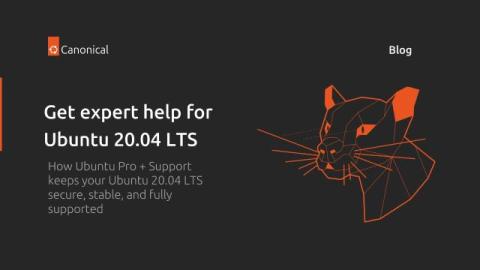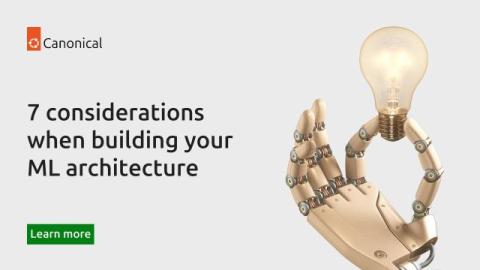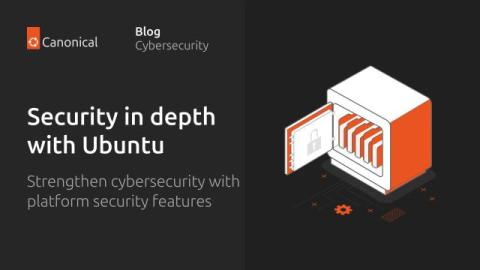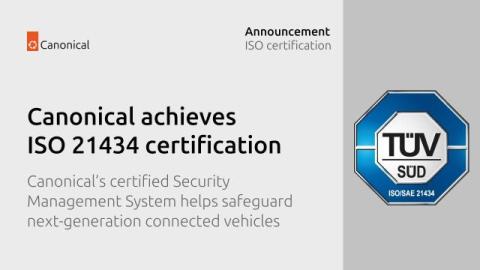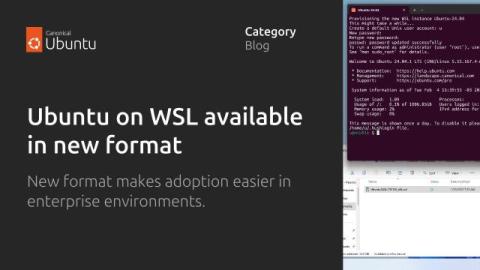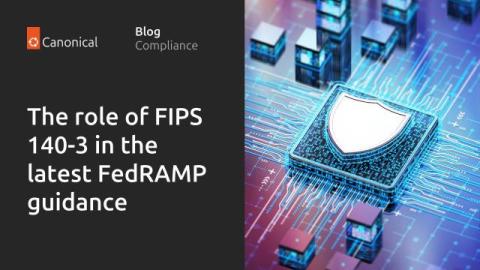How to install Anbox Cloud Appliance?
In this video, the Anbox team shows how to install the appliance on a dedicated machine. What is Anbox Cloud? Anbox Cloud lets you run virtualized Android environments securely, at any scale, to any device letting you focus on your use case. Run Android in system containers, not emulators, on AWS, OCI, Azure, GCP or your private cloud with ultra low streaming latency. Trademark notice Android is a trademark of Google LLC. Anbox Cloud uses assets available through the Android Open Source Project.







